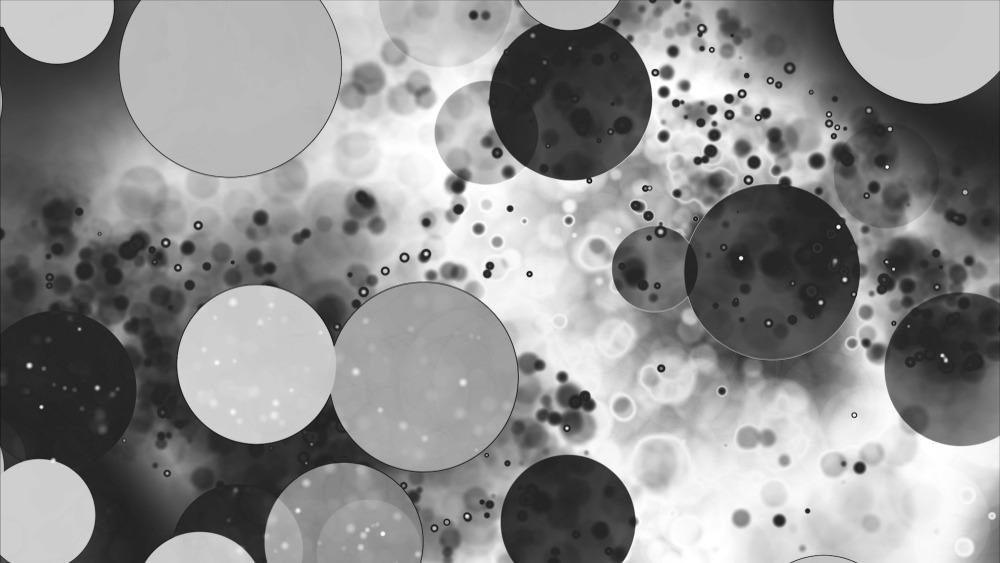The heterointerface between oxide substrate and noble metal nanoparticles (NPs) affects selectivity and catalytic activity in heterogeneous catalysts. Although the process is unclear, a strong metal–support interaction (SMSI) suppresses the catalytic activity. In an article recently published in the journal Nano Letters, the authors fabricated platinum (Pt)-titanium (Ti) intermetallic NPs.

Study: Direct Observation of Atomistic Reaction Process between Pt Nanoparticles and TiO2 (110). Image Credit: HaHanna/Shutterstock.com
In this study, the team demonstrated the impregnation of Pt NPs into the TiO2 substrate by employing atomic-resolution scanning transmission electron microscopy (STEM) and electron energy-loss spectroscopy (EELS).
Heterogeneous Catalysis
Noble metal NPs suspended metal oxides are used in heterogeneous catalysis to remove exhaust gases. The catalytic activity of NPs depends on their surface morphology and the nature of supporting metal oxides. Oxidation of carbon monoxide (CO) to a detoxifying gas is one of the industrial applications of Pt NP-dispersed TiO2 catalysts.
Although these catalysts are heat resistant, annealing them under a reduced atmosphere degrades their catalytic performance.
Several studies on SMSI reported encapsulation, impregnation, and formation of intermetallic NPs because of interaction between NPs and metal oxide. There are no reports to date on the degradation mechanism of catalysts.
Pt-Ti intermetallic NPs
In the present study, the authors observed the formation of Pt-Ti intermetallic NPs supported by TiO2 (110) by heating under a high vacuum. Furthermore, the experimental outcomes using STEM and EELS were confirmed.
The chemical composition and arrangement of atoms in NPs varied with temperature and time. At a temperature of 973 K, the authors found the conversion of pure Pt NPs into L12 (Pt3Ti) after two hours and into L10 (PtTi) after three hours. Furthermore, the authors suggested that Pt NPs reacted with TiO2 substrate and formed Pt−Ti intermetallic NPs by heating under a reduced environment.
Research Findings
Annular dark-field (ADF) STEM images of Pt NPs are brighter due to the Z-contrast. With the increase in temperature, the diameter of Pt NPs also increases gradually and improves the crystallinity of NPs.
The histogram of Pt NPs reveals the diameters of NPs to be 0.8 ± 0.2 nanometers (as-growth), 1.1 ± 0.3 nanometers (673 kelvin, 1 hour), 1.2± 0.3 nanometers (773 kelvin, 2 hours), and 2.4 ± 0.8 nanometers (973 kelvin, 3 hour), respectively. Moreover, the diameter increased with increasing temperature and the Pt coverage on TiO2 surface decreased, suggesting Pt NPs coarsening.
ADF STEM images suggest that at a temperature less than 673 kelvin, the Pt atoms were aggregated loosely, while, at 773 kelvin, the Pt NPs had a crystalline structure with periodic lattice.
ADF STEM images revealed characteristic features like a less intense and diffuse halo ring at as-growth, slightly sharper halo rings with broad spots at 673 kelvin, a disappeared halo ring with sharp spots at 773 kelvin, the sharp spots which separated from TiO2 at 973 kelvin.
The authors investigated heterointerface chemistry and electronic structure between Pt NP and TiO2 substrate, for which they acquired EEL spectra for each layer by scanning. The results showed that in the bulk number 1 region, Ti-L2,3 and O-K edges were consistent with rutile TiO2, and the valence state of Ti is 4. At the subsurface number 2, the t2g and eg states of four Ti-L2,3 edges degenerate into two peaks and show an upward shift of 1 electron volt from the original t2g peak in bulk, which suggest the reduction in Ti valence state to +3.
However, oxygen vacancy was undetected from the O-K edge. Therefore, extra electrons were transferred from to TiO2 surface from Pt NP. At the subsurface numbers 3,4, and 5 Ti-L2,3 edges were observed but no O-K edge, which suggests the formation of intermetallic Pt−Ti NPs.
To determine whether the NP is on the surface of TiO2 or impregnated into it, the authors quantitatively investigated the atom displacement with respect to the bulk region. The results showed a large atom displacement on the surface of TiO2 (110), on the NP’s top-right surface and at the heterointerface.
Furthermore, the interatomic distance between TiO2 and newly formed atomic columns were shot; hence, these new atomic columns required a displacement in the direction of [001]TiO2 and the displacement is larger than 120 picometers. Similarly, the Pt, TiO2, and Ti atomic columns show displacement in the direction opposite to [001]TiO2.
Conclusion
In conclusion, the authors employed atomic resolution STEM and EELS to demonstrate Pt−Ti intermetallic NP formation and NP impregnation into the TiO2 substrate by heating under a high vacuum. However, no encapsulation of NP by TiO2 was observed. The authors suggested using alloys and NP's impregnation into TiO2 substrate to suppress the catalytic activity.
Reference
Ishikawa,R., Ueno, Y., Ikuhara, Y., and Shibata, N.(2022) Direct Observation of Atomistic Reaction Process between Pt Nanoparticles and TiO2 (110), Nano Letters. https://pubs.acs.org/doi/10.1021/acs.nanolett.2c00929
Disclaimer: The views expressed here are those of the author expressed in their private capacity and do not necessarily represent the views of AZoM.com Limited T/A AZoNetwork the owner and operator of this website. This disclaimer forms part of the Terms and conditions of use of this website.